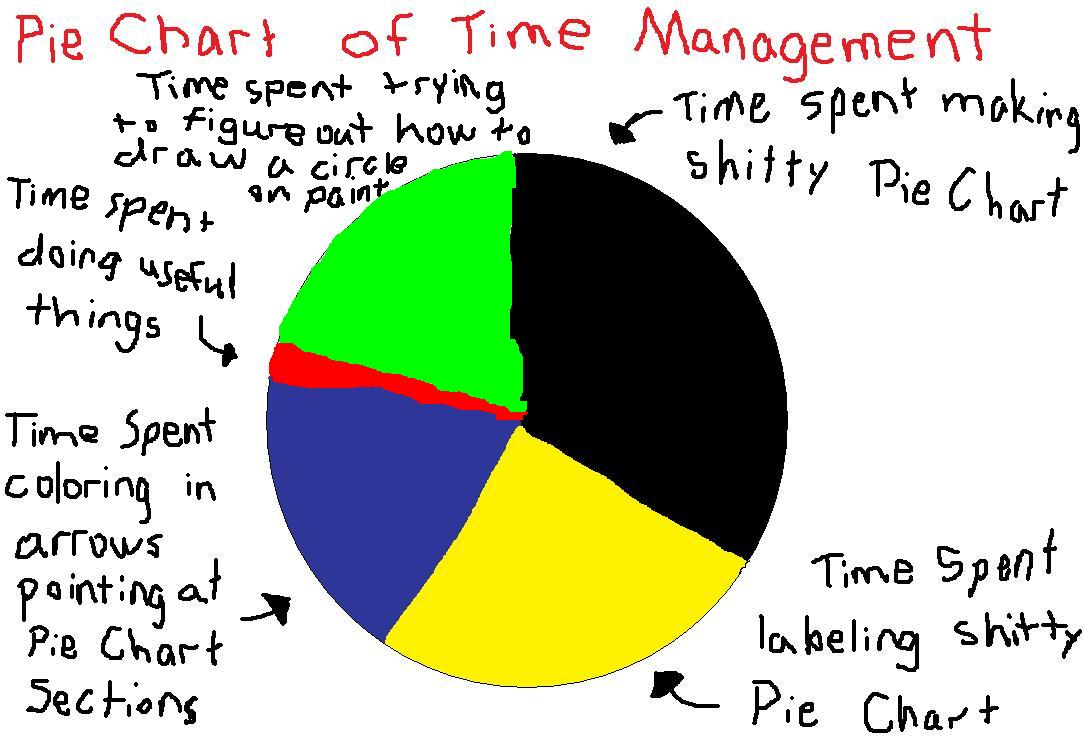


Rows to display - the maximum number to display in the chart.Y Axis - the issue field to display on the Y axis (rows).X Axis - the issue field to display on the X axis (columns).To configure the chart axes choose Display options: You can configure the X and Y axes to display these issue fields:įor example you could use the chart to show issue types by status (as shown above). Two Dimensional Charts can be used to show issue statistics in a matrix. Show border - add a border around the chart area.Width - define the total width of the chart area. Enter values in pixels, percent or leave blank to auto fit.Show versions - indicate version release dates as a vertical line on the chart.Show unresolved trend - add a subplot showing unresolved issues over time.Cumulative totals - choose to progressively add totals or report individual values for each period.Days previously - the total number of days to report on (counting back from today).Period - choose a time frame to report by (week, month, quarter etc).To further control how this chart appears on your page choose Display options: Show chart information - include a text summary under the chart with the total issues count and chart by value.Ĭreated vs Resolved charts can be used to show the difference between the number of issues created versus the number of issues resolved over time.Width - define the total width of the chart area. You can enter values in pixels, percent or leave blank to auto fit.Chart by - select the field you want to segment the pie chart by such as:.To further control how this chart appears on your page. Pie charts can be used to report on issue status, priority, assignee and more. Screenshot: Configuring the Jira Chart Macro in the macro browser. To find out more about searching for issues see Displaying issues using JIRA Query Language (JQL).

You can then publish your page to see the macro in action.
From the editor toolbar, choose Insert > Other Macros.


 0 kommentar(er)
0 kommentar(er)
